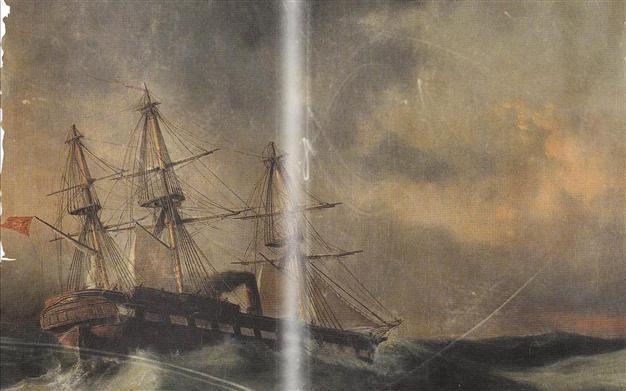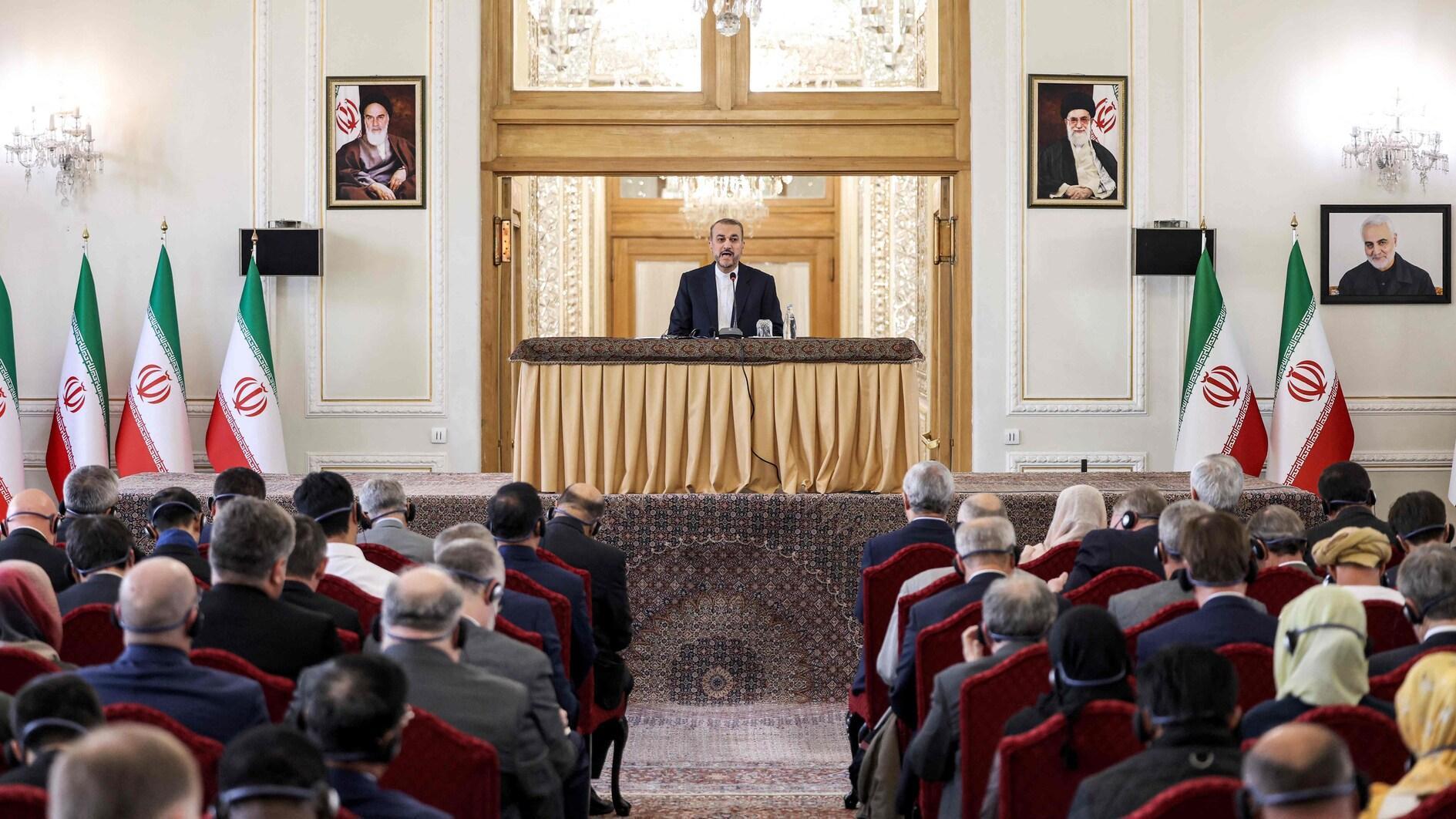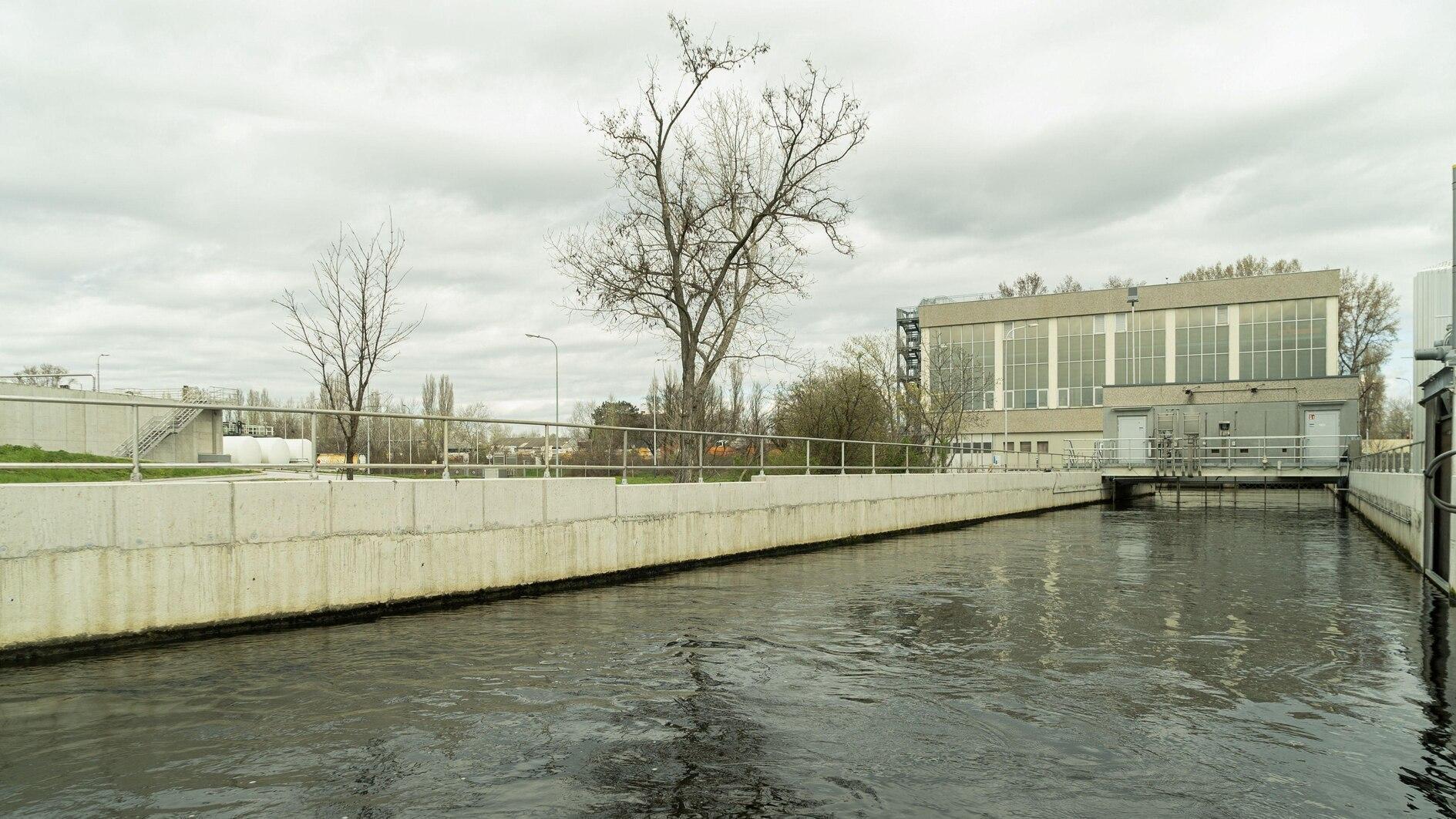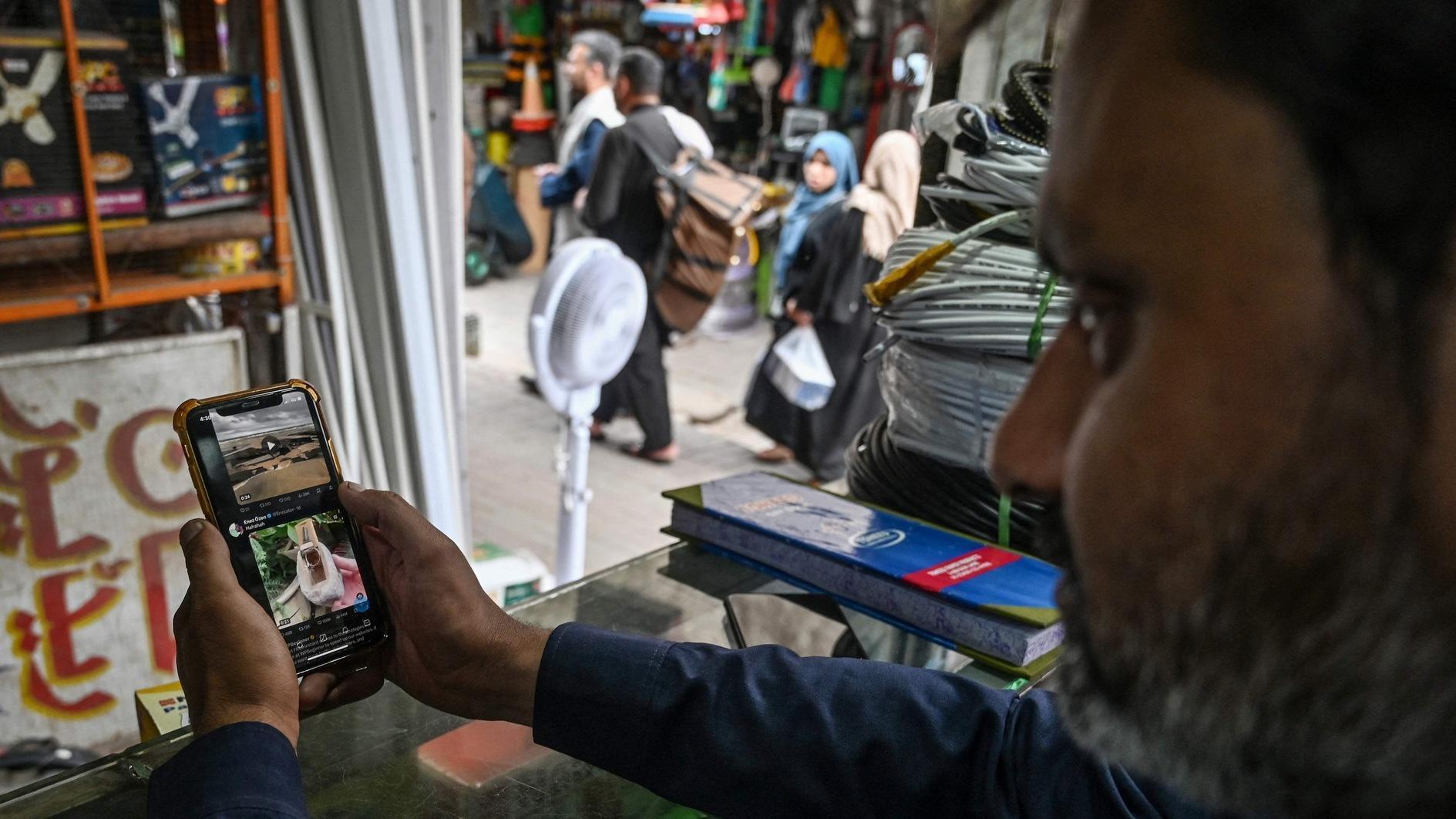Boat sinking deepened Japanese-Ottoman relations
Niki Gamm

The frigate Ertuğrul.
The history of the official Ottoman-Japanese relations begins in most history books during the second half of the 19th century, but that doesn’t mean there wasn’t any contact between the two beforehand. Hiroshi Nagaba of the Institute of Developing Economies in Tokyo has pointed out that Japan would have had contact with Turks “as far back as the 8th century” because of trade and foreign travelers.The Ottomans certainly knew about the Japanese. If you take a look at the collection of porcelains at the Topkapı Palace Museum, you can see 730 Japanese pieces that date from the 17th to the 19th century. These porcelains, which were normally exported from Japan by the Dutch East India Company, were brought to Istanbul in the 17th century during a period when the Chinese had placed an export ban on porcelain.
Formal contact begins
When the Meiji era in Japan began in 1867, the Japanese government sent official missions to sound out the possibility of revising unequal treaties concluded between Japan and the Western powers, where some of them would study Western technology, science, military systems, laws and institutions.
In November 1871, the Iwakura Mission was sent to the United States and Europe. In June 1873, the Mission visited the world exhibition in Vienna where they saw exhibits from the Ottoman Empire. They simply felt that those exhibits were of poor quality and the Ottomans were backward in terms of civilization. The first book about Istanbul, written by a member of the Iwakura Mission sent separately to Istanbul, was published in 1875 and was based on a 12-day stay in April 1873.
The Japanese Foreign Ministry in 1875 decided to open negotiations for formal diplomatic relations and sent a commission to pursue the issue.
A Japanese training squadron spent 12 days in Istanbul in November 1878 and its commander and other important members were received by Sultan Abdülhamid II, in which the latter “emphasized his intention to promote friendly relations by establishing diplomatic relations with Japan.” Abdülhamid II also received another Japanese mission in Istanbul in 1880 where the sultan reaffirmed his interest in opening diplomatic relations. This took place during the 1880s where the Japanese ambassador, Sagimutsu, and the Ottoman ambassador, Şakir Paşa, met in St. Petersburg to strengthen the alliance between the two. During yet another visit, this time by the Japanese Agriculture and Commerce Minister, occurred at the end of 1886 and the beginning of 1887, during which Abdülhamid II stressed that he wanted to open up trade relations.
The final visit of consequence was in 1887 by Prince Komatsu Akihito, the nephew of Emperor Meiji, who was accompanied by his wife and brought a message of good will from the Japanese ruler. The following year, Japan’s highest honor, the Great Chrysanthemum Order, was presented to Abdülhamid II in thanks for the kind welcome the prince had received.
The frigate Ertuğrul

Bozcaadalı Hüsnü Paşa
On Sept. 15, 1890, the Ertuğrul set sail for its return to Istanbul only to meet a typhoon the next day and crash on rocks at Oshima Island. Only 69 of the 500 men on aboard were saved by the local villagers. These men were subsequently taken aboard the Japanese warships, the Hiei and Kongo, in October 1890 and taken directly to Anatolia. This incident has influenced the good relations between the two countries ever since.
Japanese / Turkish modernization
Modern historians have often suggested the Japanese and the Ottomans went through similar modernization processes in the 19th century, the former under Emperor Meiji (1867-1912) and the latter starting with the proclamation of Tanzimat in 1839 and continuing under Sultan Abdülhamid II (1876-1909).

The Japanese cruiser Kongo in Istanbul in 1891
by Luigi Acquarone.
One of the major similarities between the two countries was their relationships with European powers. The Ottomans had signed what were called the capitulations that granted large concessions to such countries as France and England. The Japanese, as they gradually emerged from their centuries of isolation, were also being asked to grant similar concessions. It allowed for them to see more clearly of what was being asked of them.
The people engaged in politics in both countries were divided into conservatives, including those who pined for what they perceived as past glory, and a modernizing elite, with it not being clear at the beginning who was going to win. In both instances, the rulers slowly let in some reforms, backtracking when these reforms failed to achieve the goal to be attained and continuing when it seemed prudent to do so.
The good relations between Japan and modern-day Turkey, which began in the 19th century, are still ongoing today.
Monument to be inaugurated
On Sunday, Sept. 14, 2014 at 2.00 p.m., officials in Ünye will unveil
the Turkish-Japanese Friendship Monument for the eight men on the
Ertuğrul who died in the tragic accident. The monument consists of a
large red ball, which is two-meters in diameter, and a gazebo.
The
idea for the monument came from Prof. Sait Kapıcıoğlu, one of the
founders of the Turkish-Japanese Friendship Ertuğrul Frigate Martyrs
Association, who has been planning the event for the past five years with
the help of the former Culture Minister Ertuğrul Günay.
The
Japanese ambassador is expected to attend, along with diplomats from
Canada, the U.S., officials from Turkey's Foreign Ministry, the local governor, mayor and citizens of Ünye.
















